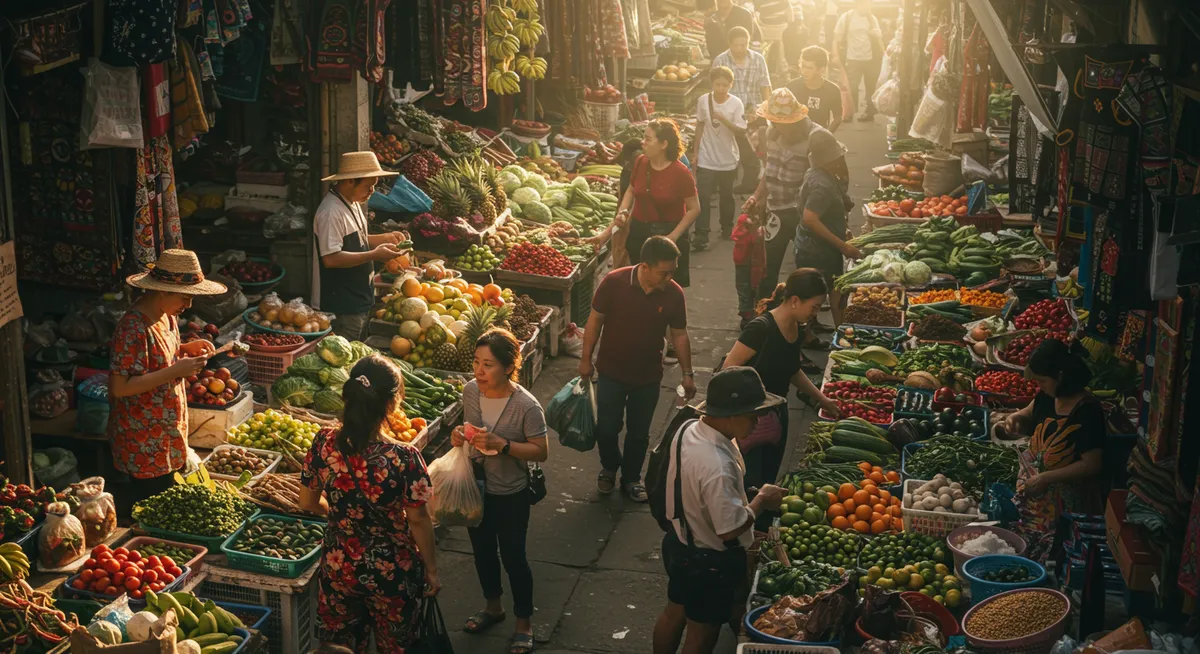
10 Money-Saving Travel Hacks for Budget-Friendly Adventures
Table of Contents
Want to find the best travel deals for this destination? Chat with our travel hacking specialist!
Get Travel HacksCategory: money-saving-travel-hacks
10 Money-Saving Travel Hacks for Budget-Friendly Adventures
Travel doesn't have to break the bank. With strategic planning and insider knowledge, you can experience remarkable destinations without depleting your savings. This guide shares 10 proven money-saving travel hacks that experienced travelers use to stretch their budgets further without sacrificing quality experiences. From savvy payment methods to finding authentic local experiences, these practical tips will help you travel longer, more luxuriously, or more frequently—all within your financial means.
Key Takeaways
- Use strategic payment methods to avoid foreign transaction fees and get better exchange rates
- Find budget-friendly accommodations with added benefits like kitchen access
- Experience authentic local culture through free or low-cost activities and neighborhood exploration
- Save on transportation through public transit options and strategic booking
- Reduce daily expenses with smart dining choices and advance planning
1. Use a No-Foreign-Transaction-Fee Credit Card
One of the most overlooked expenses for international travelers is foreign transaction fees on credit and debit cards. Standard cards typically charge 2-3% on every purchase made abroad—a seemingly small percentage that can quickly accumulate into significant sums over the course of a trip.
By using a credit card specifically designed for international travel with no foreign transaction fees, you'll immediately save on these hidden charges. Many of these travel-oriented cards also offer additional benefits such as:
- Travel insurance coverage
- Airport lounge access
- Trip delay/cancellation protection
- Rental car insurance
- Rewards points or miles that can be redeemed for future travel
To maximize this hack, research and apply for an appropriate travel card several months before your trip. This provides sufficient time for approval, card delivery, and activating any welcome bonuses that typically require meeting minimum spending thresholds within the first few months.
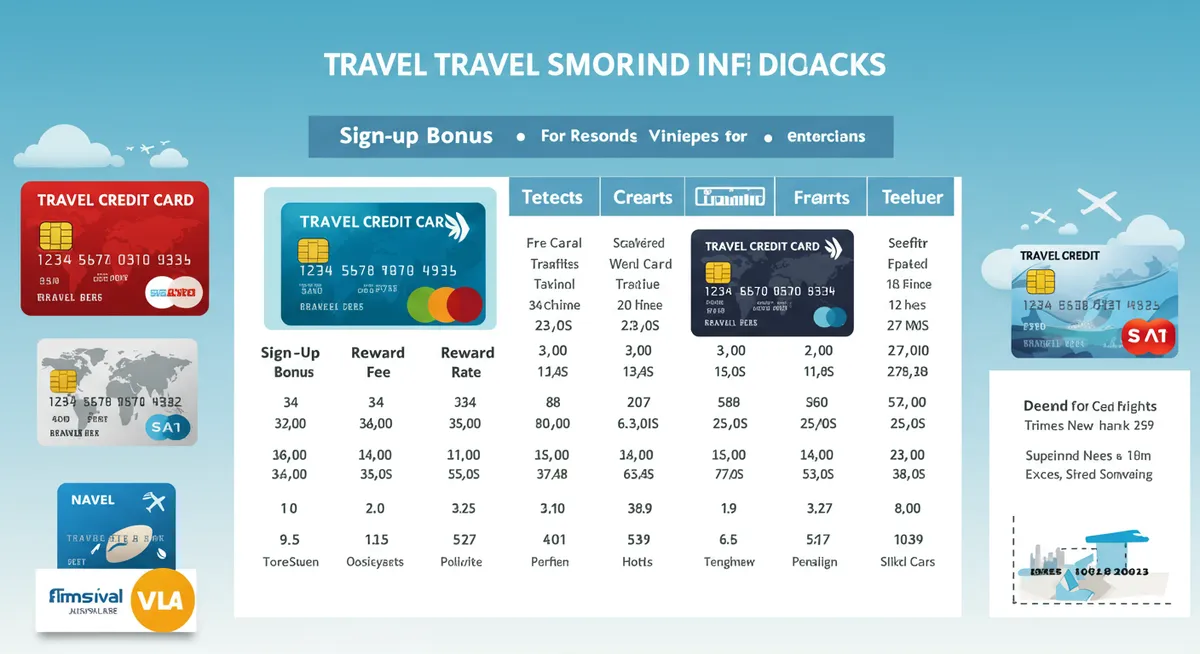
2. Withdraw Local Currency from ATMs Instead of Exchange Offices
Currency exchange services, particularly those located in airports, tourist areas, and hotels, typically offer poor exchange rates and charge high fees. These businesses rely on convenience and traveler uncertainty to profit from unfavorable rates that can cost you 5-15% of your money's value.
A more economical approach is withdrawing cash directly from local ATMs using a debit card with low international fees. Banks generally offer exchange rates much closer to the actual interbank rate (the rate banks use when trading with each other). Even with ATM fees, this method typically provides significantly more local currency for your money.
To implement this strategy effectively:
- Research ATM access at your destination before traveling
- Notify your bank of your travel plans to prevent fraud blocks
- Make fewer, larger withdrawals to minimize per-transaction fees
- Choose bank-affiliated ATMs rather than independent ones, which often charge higher fees
- Consider opening an account with a bank that reimburses international ATM fees
Pro Tip: When using ATMs abroad, always decline the offered conversion to your home currency (known as "dynamic currency conversion"). This service typically includes hidden markup on the exchange rate. Instead, choose to be charged in the local currency for the best rate.
3. Eat Where the Locals Eat
Food expenses can consume a significant portion of your travel budget, but eating well doesn't require dining at expensive tourist-oriented restaurants. One of the most effective ways to save money while enjoying authentic cuisine is to eat where locals eat.
Restaurants in tourist hotspots typically charge premium prices for often mediocre, internationally-adapted food. In contrast, establishments that cater to local residents offer more authentic cuisine at prices set for everyday dining rather than one-time tourist splurges.
To find authentic local eateries:
- Walk several blocks away from major tourist attractions
- Look for restaurants full of local residents rather than tourists
- Seek places where menus aren't translated into multiple languages
- Use apps like Google Maps to filter for highly-rated but moderately-priced options
- Ask local residents (hotel staff, shop owners) where they eat when not working
Beyond saving money, dining where locals eat provides cultural insights and culinary experiences that more closely reflect the authentic food culture of your destination. These establishments often serve regional specialties prepared according to traditional methods rather than adapted for international palates.
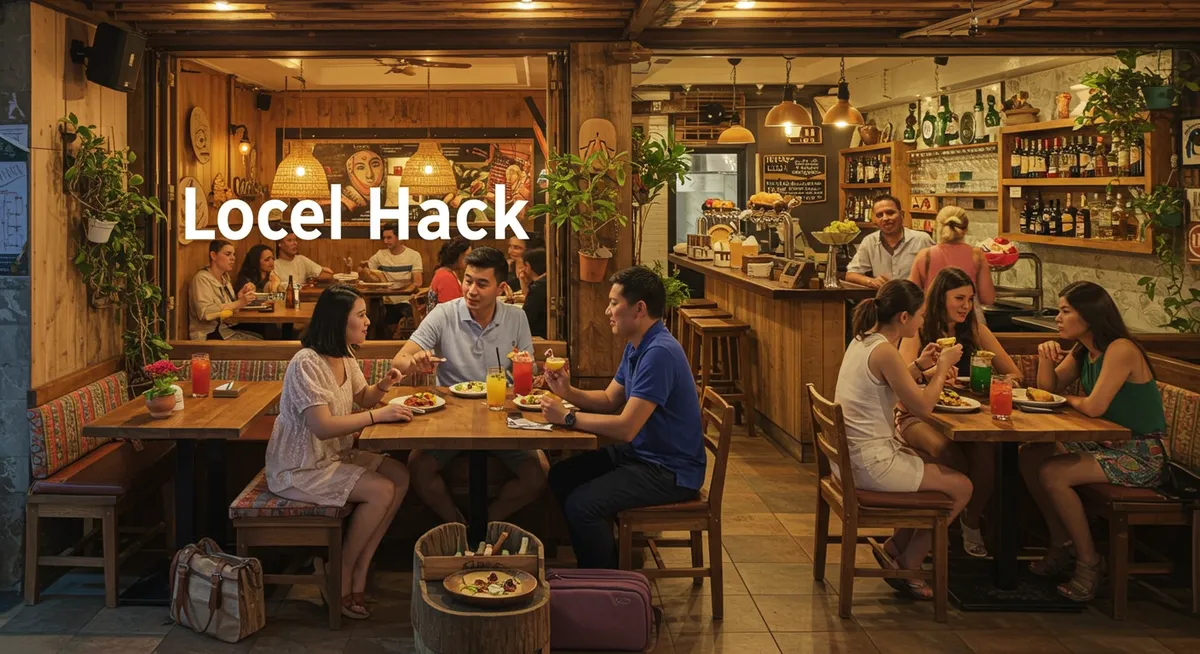
4. Take Advantage of Free Walking Tours
Exploring a new destination with knowledgeable guidance enhances your understanding and appreciation of its history, culture, and hidden gems. However, commercial tours can be expensive, sometimes costing $50-100 per person for a half-day experience.
Free walking tours operate on a different model: guides offer their services without an upfront fee, instead working for tips that participants provide at the end based on their satisfaction and budget. This approach makes quality guided experiences accessible to travelers with varying financial means.
These tours typically offer several advantages:
- Local guides with deep knowledge and enthusiasm for their city
- Comprehensive overviews of major attractions and districts
- Insights into local history, customs, and contemporary life
- Tips on other budget-friendly activities, restaurants, and experiences
- Opportunities to meet other travelers with similar interests
To find free walking tours, search online platforms like Freetour.com, GuruWalk, or simply Google "free walking tour" plus your destination. Most major cities worldwide offer multiple options, often with specialized themes such as history, food, street art, or alternative culture.
Pro Tip: While these tours are marketed as "free," tipping is customary and expected. Plan to tip approximately what you believe the experience was worth—typically €10-15 per person for a 2-3 hour tour in Europe or $10-15 in the US.
5. Stay in Accommodations with Kitchen Access
Dining out for every meal quickly depletes your travel budget, with even modest restaurant meals costing significantly more than home-prepared alternatives. By staying in accommodations with kitchen facilities, you gain the flexibility to prepare some of your own meals, potentially reducing food expenses by 30-50%.
Accommodation options with kitchen access include:
- Vacation rentals through platforms like Airbnb, VRBO, or HomeAway
- Aparthotels that combine hotel services with apartment-style amenities
- Hostels with shared kitchen facilities (many offer private rooms for travelers who prefer not to stay in dorms)
- Home exchanges or homestays where you can use the host's kitchen
Even making just breakfast or occasional dinners can significantly reduce your food expenses. Morning coffee and breakfast at cafes can cost $10-20 per person daily, while preparing these items in your accommodation might cost just $2-5 per person.
Additionally, preparing meals provides opportunities to visit local markets and grocery stores—often fascinating cultural experiences that offer insights into everyday life at your destination. Shopping for local ingredients and experimenting with regional products can become a memorable part of your travel experience rather than merely a cost-saving measure.
6. Use Public Transportation Passes
Transportation costs can consume a substantial portion of your travel budget, particularly in expensive cities where single taxi rides might cost $20-50. Public transportation offers significant savings, and multi-day passes amplify these economies for travelers planning multiple journeys.
Many cities offer tourist-oriented transportation passes that provide unlimited rides for a set period, typically ranging from 24 hours to 7 days. These options are almost always more economical than purchasing individual tickets for each journey, often saving 30-60% compared to single-fare prices.
Beyond simple cost savings, these passes offer additional advantages:
- Convenience of not needing to purchase tickets for each journey
- Freedom to hop on and off transportation spontaneously
- Ability to take short rides that might seem too expensive as individual purchases
- Many passes include discounted or free entry to attractions
Research transportation options before your trip to identify the most cost-effective approach for your itinerary. Many cities offer comprehensive visitor cards that bundle transportation with museum entries and other attractions, potentially providing even greater overall savings for activity-focused travelers.
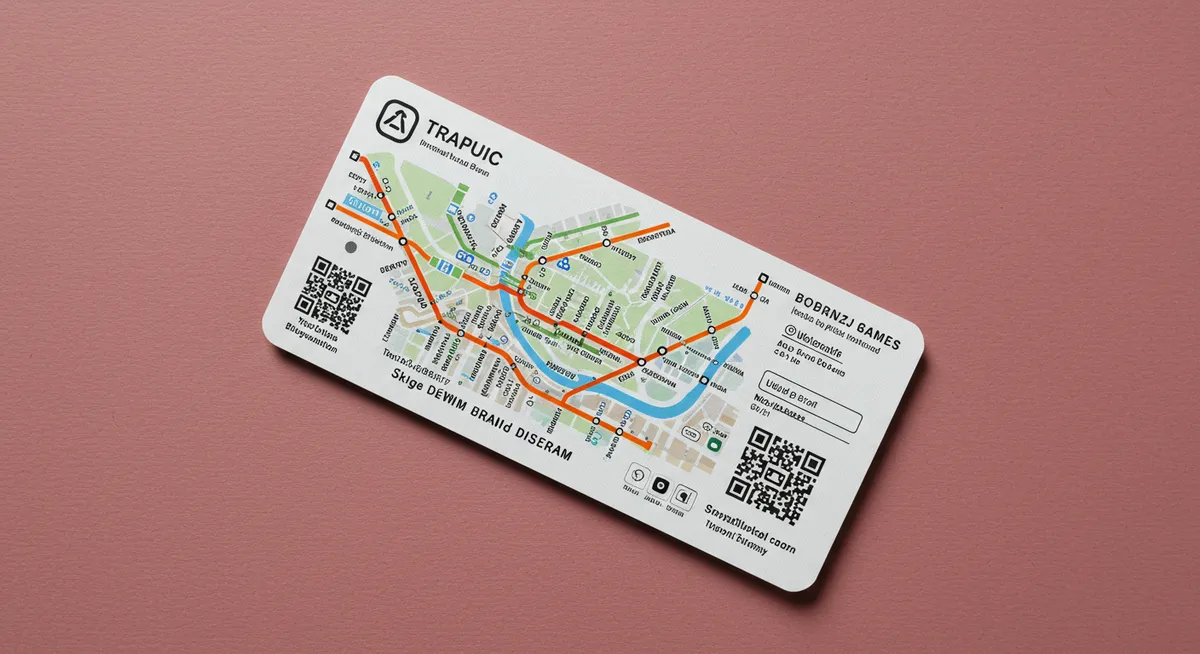
7. Travel During Shoulder Season
The timing of your trip dramatically impacts both your expenses and experience. Peak season—typically summer months or holiday periods—brings higher prices across all aspects of travel: flights, accommodations, tours, and even restaurant prices in tourist-dependent destinations.
Visiting destinations just before or after peak season—known as "shoulder season"—offers numerous advantages for budget-conscious travelers:
- Lower prices on flights (often 20-40% less than peak season)
- Reduced accommodation rates (sometimes 30-50% lower)
- Fewer crowds at major attractions and landmarks
- More authentic local experiences as destinations aren't overwhelmed with tourists
- Often more pleasant weather compared to the extremes of peak summer or winter seasons
Common shoulder seasons include May-June and September-October for many European destinations, April-May and October-November for tropical locations, and March-May for ski destinations. Research your specific destination to identify its particular tourist patterns and corresponding price fluctuations.
This approach requires flexible vacation scheduling but rewards travelers with significant savings and often superior experiences. Many seasoned travelers consider shoulder season the optimal time to visit popular destinations, combining reasonable weather with manageable crowds and substantial cost savings.
Pro Tip: For maximum savings, consider the "shoulder of the shoulder"—the very beginning or end of shoulder season, when prices begin transitioning but weather and conditions remain largely favorable.
8. Use Price Comparison Apps for Local Transportation
When public transportation isn't practical due to location, timing, or luggage constraints, ride-sharing services and taxis become necessary. However, prices for the same route can vary dramatically between providers depending on current demand, time of day, and available promotions.
Price comparison apps allow you to quickly view rates across multiple transportation options simultaneously, potentially saving 30-50% on a single ride. These platforms aggregate options from various services, presenting them in a single interface for easy comparison.
Popular transportation comparison tools include:
- Uber and Lyft (which now show each other's prices in some markets)
- Google Maps (which incorporates ride-sharing options in its directions)
- Specialized apps like RideGuru or Bellhop
- Regional alternatives specific to your destination
Beyond comparing standard ride-sharing services, these tools often incorporate local taxi services, shared rides, and alternative transportation modes like scooters or motorbike taxis in applicable markets. This comprehensive approach ensures you're aware of all available options and their relative costs.
Additionally, many of these apps display estimated arrival times, allowing you to balance cost savings against time constraints. This is particularly valuable when navigating to airports or train stations where punctuality is essential.
9. Join Free Loyalty Programs
Loyalty programs offered by airlines, hotel chains, and travel booking platforms provide meaningful benefits without requiring frequent travel or significant commitment. Unlike premium status levels that reward only the most frequent travelers, basic loyalty program membership typically costs nothing to join while offering immediate advantages.
Common benefits of even entry-level loyalty program membership include:
- Free Wi-Fi at hotel properties
- Priority boarding or check-in
- Waived booking fees on certain platforms
- Member-exclusive rates or promotions
- Point accumulation toward future free travel
- Room upgrades or late checkout when available
To maximize this strategy, join programs for any airline you fly, major hotel chains you might use, and primary booking platforms before your trip. Store your membership information in a password manager or dedicated travel app for easy access when making reservations or checking in.
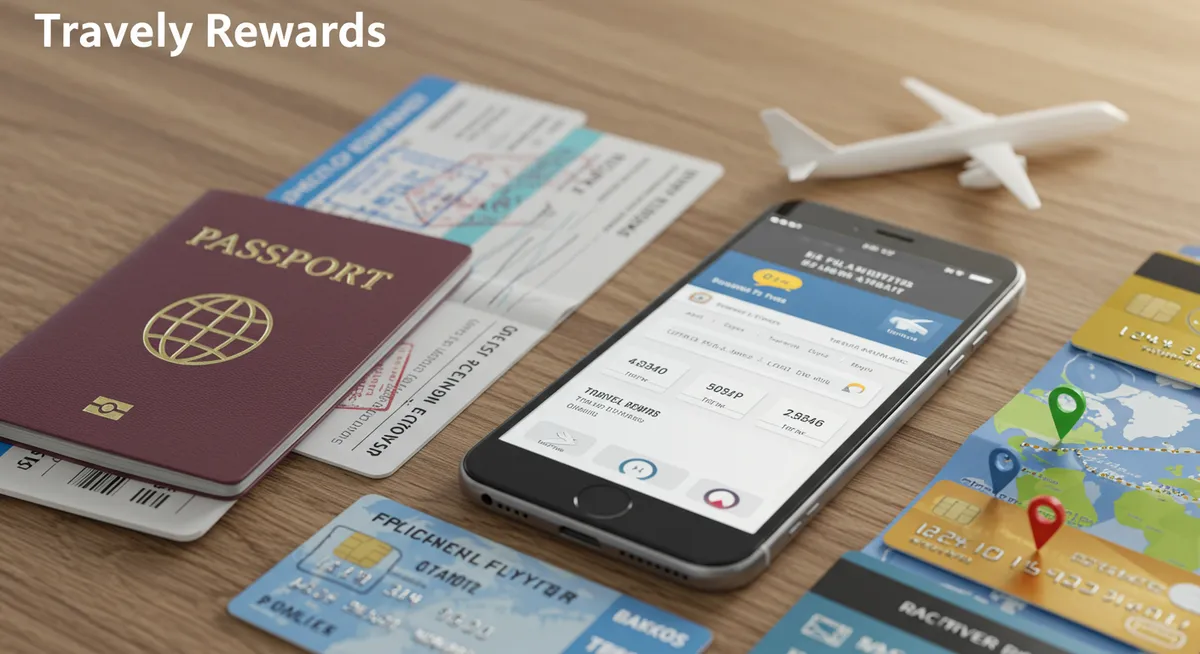
10. Pack Snacks for Travel Days
Food options at airports, train stations, tourist attractions, and other travel hubs typically come with significant price markups—often 200-300% higher than similar items at regular grocery stores or markets. This premium pricing capitalizes on captive audiences with limited alternatives.
By packing non-perishable snacks before departure, you create an economical alternative to these overpriced options. This preparation prevents impulse purchases driven by hunger rather than preference, potentially saving $10-30 per person daily on travel days.
Ideal travel snacks combine several characteristics:
- Minimal risk of crushing or spilling in luggage
- Long shelf stability without refrigeration
- Reasonable nutritional value to sustain energy
- Compliance with security or customs regulations (especially for international travel)
Good options include granola bars, dried fruit, nuts, whole fruits with durable peels (like oranges), crackers, and shelf-stable cheese products. For international travel, research import restrictions carefully, as many countries prohibit bringing in certain food items, particularly fresh produce and animal products.
Pro Tip: Beyond saving money, having your own snacks provides security during unexpected delays, late-night arrivals when restaurants are closed, or in destinations where finding appropriate food for dietary restrictions might be challenging.
Frequently Asked Questions
How can I find the cheapest flights to my destination?
Use flight comparison tools like Google Flights, Skyscanner, or Kayak with flexible dates enabled. Set fare alerts for your routes, search in incognito mode, and consider nearby airports. Tuesday and Wednesday departures often offer lower fares than weekend flights.
Are vacation rentals always cheaper than hotels?
Not always, but they often provide better value, especially for longer stays or group travel. Beyond the nightly rate, consider the savings from preparing some meals yourself and the added space compared to standard hotel rooms. Factor in any extra fees for cleaning or service when comparing costs.
What's the best way to avoid excessive bank fees when traveling internationally?
Use a debit card that refunds ATM fees and a credit card with no foreign transaction fees. Make fewer, larger ATM withdrawals rather than frequent small ones. Always decline dynamic currency conversion at ATMs and card terminals, opting to be charged in local currency instead.
How can I experience local culture without spending much money?
Free walking tours, public parks, local markets, community events, religious sites (where appropriate), and university areas often provide authentic cultural experiences at minimal cost. Research free museum days, discount evening hours, and community festivals happening during your visit.
Is it worth buying a city tourist card that includes attractions and transportation?
Calculate the cost of individual tickets for attractions you'll definitely visit plus expected transportation costs, then compare to the card price. These cards provide value for attraction-focused travelers but may not be economical if you're visiting only a few paid sites or prefer walking.
Implementing these money-saving travel hacks doesn't mean sacrificing quality experiences. On the contrary, many of these strategies—like eating where locals eat or visiting during shoulder season—often lead to more authentic and enjoyable travel experiences while being gentler on your budget. For more comprehensive travel advice, check out our complete guide to 50 essential travel hacks that covers everything from planning your perfect trip to efficient packing strategies. You may also be interested in our guides on staying connected while traveling and maintaining health and comfort abroad.
These money-saving travel hacks represent the collective wisdom of experienced, budget-conscious travelers worldwide. By incorporating even a few of these strategies into your travel planning, you'll gain greater financial flexibility while maintaining—and often enhancing—the quality of your experiences. Remember that saving money on travel isn't about deprivation but about making smarter choices that align with your priorities and travel goals. With practice, these approaches will become second nature, allowing you to explore more destinations, travel for longer periods, or simply return home with your budget intact and your memories rich.
Related Travel Resources
Maximize your travel budget by exploring these complementary money-saving strategies:
High-Value Money-Saving Strategies
- 🔒 24-Hour Flight Price Lock Strategy - Save up to $300 on airfare
- 🤖 AI Flight Price Prediction Tool - Time your bookings perfectly
- 🌎 Hidden Destination Alternative Finder - Save 45% with alternative locations
- 💳 Travel Credit Card Points Strategy - Fund premium experiences with points
Related Travel Categories
- ✈️ Flight Hacks - Save on your biggest travel expense
- 🏨 Accommodation Hacks - Find affordable quality stays
- 🗓️ Planning & Booking Hacks - Secure the best deals in advance
- 🌟 Top-Rated Travel Strategies - Our most powerful money-saving techniques
For a complete framework of cost-saving strategies that will transform your travel experience, visit our Ultimate Travel Hacks Guide.
Related Posts
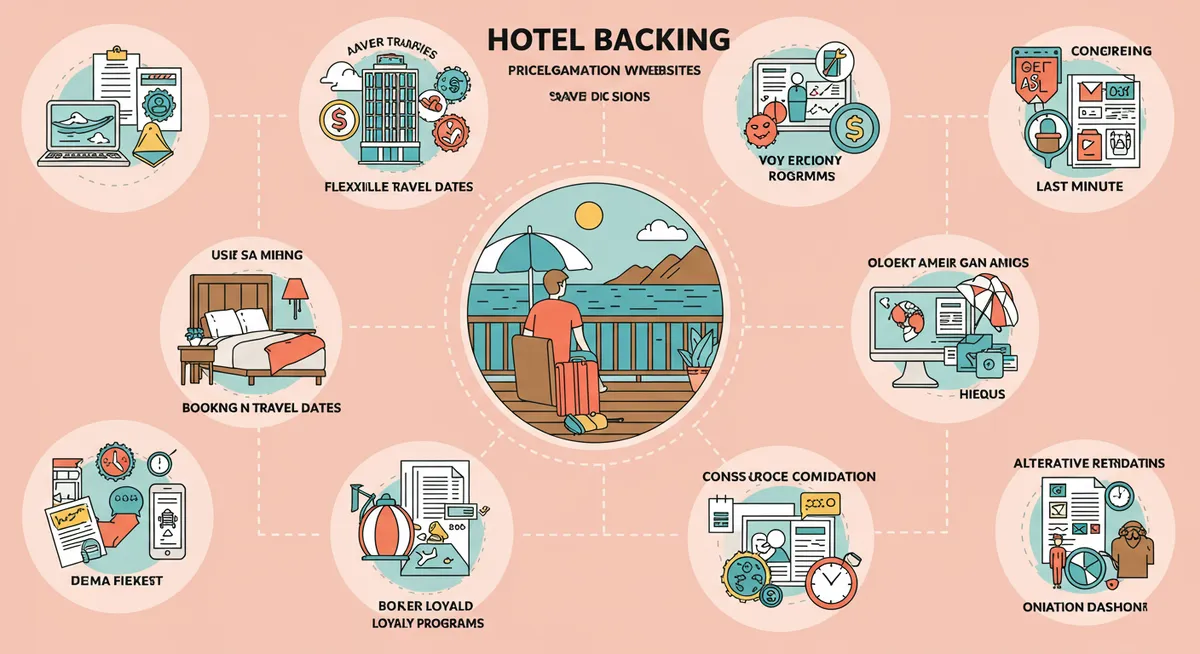
10 Clever Accommodation Hacks for Better Stays at Lower Prices
Discover 10 expert accommodation hacks that will help you find better lodging options, secure room upgrades, and save significant money on hotels and alternative stays.
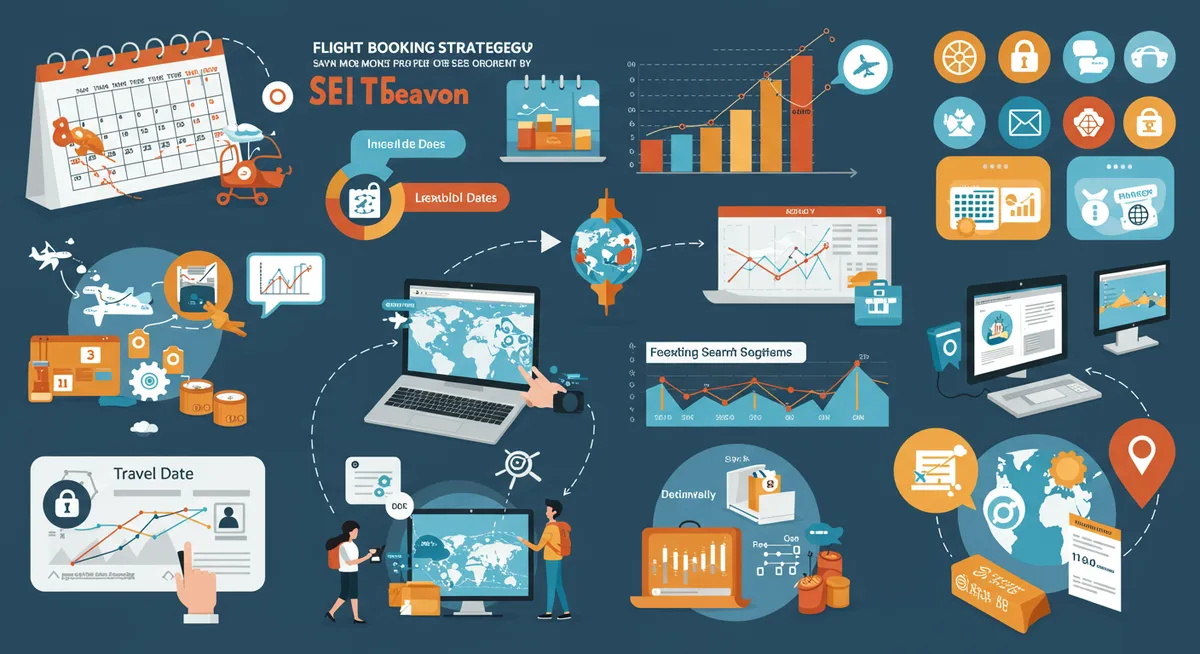
10 Essential Flight Hacks to Save Money and Travel Better
Discover 10 powerful flight hacks that will help you find cheaper airfares, get upgrades, and make your air travel experience more comfortable and affordable.

Hidden Destination Alternative Finder: Discover Affordable Luxury Travel Gems
Master the Hidden Destination Alternative strategy to find spectacular yet affordable substitutes for popular tourist destinations, saving up to 45% on travel costs while enjoying more authentic experiences.